GDF-8 Muscle Building Peptides Myostatin 1 mg/vial CAS 901758-09-6 Полуфабрикат Масло Тестостерон Сустанон 250мг/мл для мышечной массы
Абстрактный
1. обнаружены как антагонисты активина, активность которых подавляет экспрессию и секрецию (также известный как фактор дифференциации роста 8, сокращенно ГДФ-8) это миокин, белок, вырабатываемый и выделяемый миоцитами, который действует на мышечные клетки’ аутокринная функция, тормозящая миогенез: muscle cell growth and differentiation. У человека он кодируется геном MSTN.. Миостатин представляет собой секретируемый фактор дифференцировки роста, который является членом семейства бета-белков TGF..
2. Животные, лишенные миостатина или получавшие вещества, блокирующие активность миостатина, имеют значительно большую мышечную массу.. Более того, люди, у которых есть мутации в обеих копиях гена миостатина, имеют значительно большую мышечную массу и сильнее, чем обычно.. There is hope that studies into myostatin may have therapeutic application in treating muscle wasting diseases such as muscular dystrophy.
заявка
1) The gene encoding myostatin was discovered in 1997 by geneticists Se-Jin Lee and Alexandra McPherron who produced a strain of mutant mice that lack the gene. These myostatin “knockout” mice have approximately twice as much muscle as normal mice. These mice were subsequently named “mighty mice”.
2) Naturally occurring deficiencies of myostatin have been identified in cattle by Ravi Kambadur, whippets, и люди; in each case the result is a dramatic increase in muscle mass. A mutation in the 3′ UTR of the myostatin gene in Texel sheep creates target sites for the microRNAs miR-1 and miR-206. This is likely to cause the muscular phenotype of this breed of sheep.
3) Human myostatin consists of two identical subunits, each consisting of 109 (NCBI database claims human myostatin is 375 residues long) amino acid residues. Its total molecular weight is 25.0 kDa. The protein is inactive until a protease cleaves the NH2-terminal, Кулинарные рецепты “pro-domain” portion of the molecule, resulting in the active COOH-terminal dimer. Myostatin binds to the activin type II receptor, resulting in a recruitment of either coreceptor Alk-3 or Alk-4. This coreceptor then initiates a cell signaling cascade in the muscle, which includes the activation of transcription factors in the SMAD family – SMAD2 and SMAD3. These factors then induce myostatin-specific gene regulation. When applied to myoblasts, myostatin inhibits their differentiation into mature muscle fibers.
Myostatin also inhibits Akt, a kinase that is sufficient to cause muscle hypertrophy, in part through the activation of protein synthesis. тем не мение, Akt is not responsible for all of the observed muscle hyperthrophic effects which are mediated by myostatin inhibition[8] Thus myostatin acts in two ways: by inhibiting muscle differentiation, and by inhibiting Akt-induced protein synthesis.
Сертификат подлинности
| Вещь |
Технические характеристики |
Результат |
| Появление |
белый порошок |
Соответствует |
| Идентификация |
Положительный |
Соответствует |
| Анализ |
99.0% мин |
99. 3% |
| Убыток от высыхания |
6.0%Максимум. |
4.80% |
| Баланс массы |
95.0~105,0% |
Соответствует |
| Содержание ацетата (HPIC) |
12.0%Максимум. |
10.80% |
| Содержание пептидов (Н%) |
80.0%мин. |
88.00% |
| Аминокислотный состав |
±10% от теоретического |
Соответствует |
| Одиночная примесь (ВЭЖХ) |
1.0%Максимум. |
0.85% |
Structure and mechanism of action
Human myostatin consists of two identical subunits, each consisting of 109 (NCBI database claims human myostatin is 375 residues long) amino acid residues. Its total molecular weight is 25.0 kDa. The protein is inactive until a protease cleaves the NH2-terminal, Кулинарные рецепты “pro-domain” portion of the molecule, resulting in the active COOH-terminal dimer. Myostatin binds to the activin type II receptor, resulting in a recruitment of either coreceptor Alk-3 or Alk-4. This coreceptor then initiates a cell signaling cascade in the muscle, which includes the activation of transcription factors in the SMAD family – SMAD2 and SMAD3. {{|}}These factors then induce myostatin-specific gene regulation. When applied to myoblasts, myostatin inhibits their differentiation into mature muscle fibers.
Myostatin also inhibits Akt, a kinase that is sufficient to cause muscle hypertrophy, in part through the activation of protein synthesis. тем не мение, Akt is not responsible for all of the observed muscle hyperthrophic effects which are mediated by myostatin inhibition. Thus myostatin acts in two ways: by inhibiting muscle differentiation, and by inhibiting Akt-induced protein synthesis.






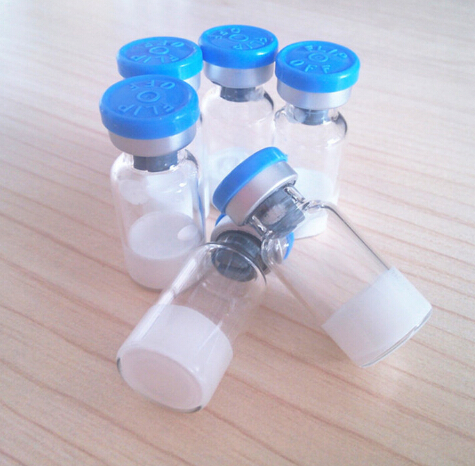

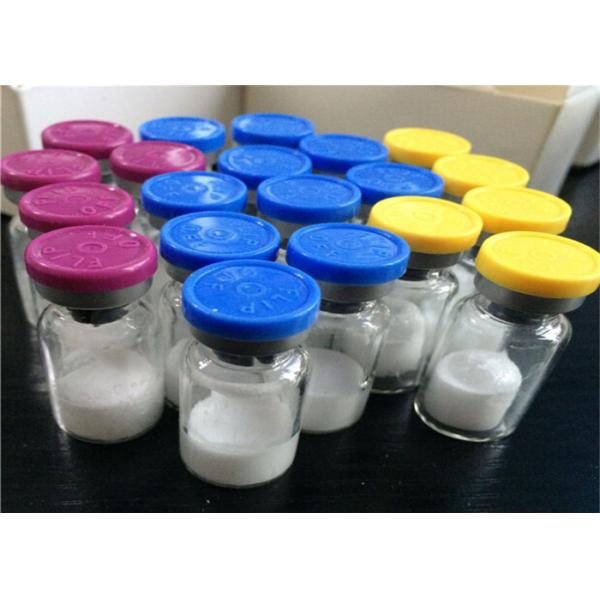
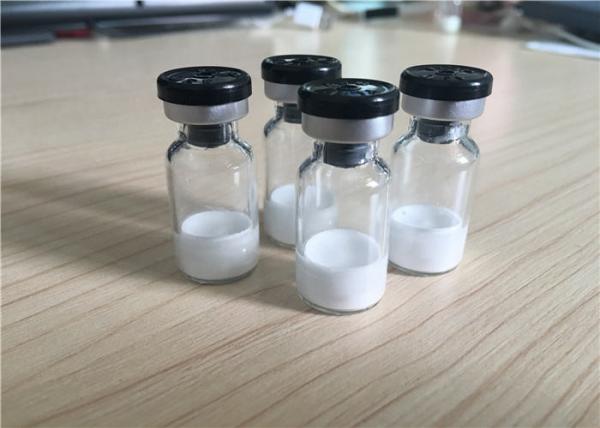
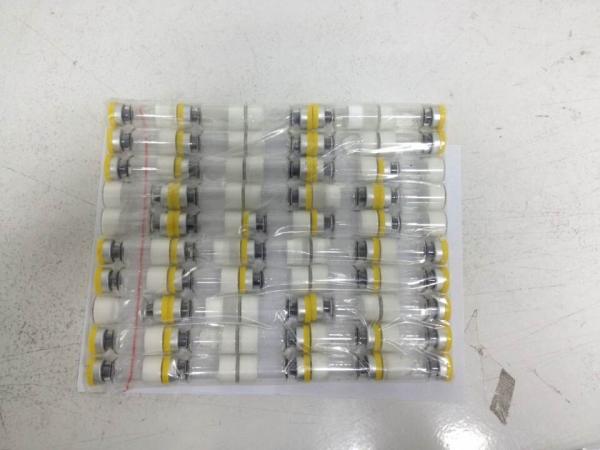
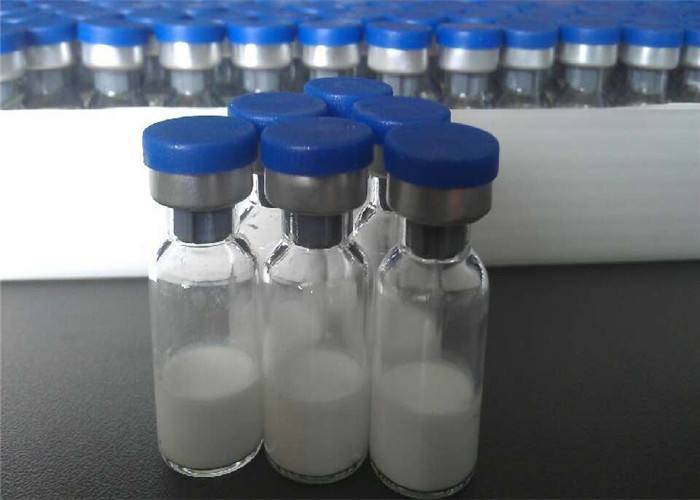



 Менеджер по продажам
Менеджер по продажам